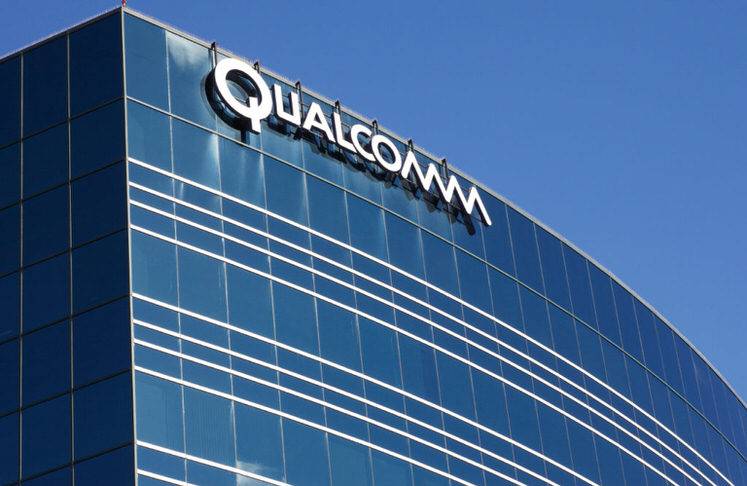When it comes to wearable tech, Pankaj Kedia, the senior director of Qualcomm, is a major advocate. He utilizes quite a few fitness trackers and smartwatches on a regular basis.
“I could spend four hours just brainstorming with you on the possibilities around use cases [for wearables],” states Kedia. “We are barely scratching the surface.”
See also: Is consumer interest in smartwatches on the decline?
Qualcomm is the world’s biggest provider of mobile processors and chips for over 100 types of wearables. However, the wearable business, which revolves around smartwatches and fitness bands, is undergoing some changes. New smartwatches haven’t been seen at the booths of major vendors such as LG and Samsung, although Samsung claims they are waiting for Google’s Android Wear 2.0 operating system to arrive. In December, Lenovo said that it wouldn’t be making another smartwatch in the near future. To top it off, IDC saw a large decrease in smartwatch shipments during its third-quarter of 2016. Many experts say that last year’s wearable sales failed to meet expectations.
Regardless of these setbacks, Kedia remains optimistic about smartwatches, although he cannot discuss everything that’s in the works. “We are excited about this space,” he says. “We are growing well. Our customers are growing well. We have beautiful products coming out.”
Smartwatches: features versus size?
Ever since companies introduced smartwatches, they’ve all been trying to figure out how to improve their sizes. Even the Apple Watch, with a 38-mm face model that is smaller than most smartwatches, doesn’t compare to the analog watch styles worn on smaller wrists. The challenge with trying to make smartwatches smaller is that consumers continue to want more and more features such as GPS, microphones, improved connectivity or better security. These extras call for bigger batteries, which creates a quandary.
“Taking all those things and putting it in a package, that is not easy to do,” Kedia explains. “It is not a one-trick pony.”
Design improvements are coming, though. Kedia discussed the highly anticipated Android Wear 2.0, and said Qualcomm is coordinating with several watch companies that he’d like to talk about, but cannot, due to Qualcomm PR. According to Kedia, crystal jewelry maker Swarovski, is also working on a smartwatch.
“Swarovski will kill me if I gave you more information,” he states, “but think about what Swarovski stands for, and think about what a Swarovski smartwatch might look like.”
Kedia sees a bright future
Kedia doesn’t consider smartwatches to be in a rut at all, pointing out that they are off to a much better start than MP3 players, cameras, and even smartphones.
“Do you know how many quarters it took for the iPod to hit a million units? Seven. Do you know how many quarters it took for the iPhone to hit a million units? Three. Do you know how many quarters it took for the smartwatch to hit a million units? One,” says Kedia.
According to Kedia, it’s only a matter of time before smartwatches flourish. With the evolution of Android Wear and Apple’s WatchOS, he expects them to pick up in popularity, offering some amazing apps.
“Looking back, we have short memories,” Kedia explains. “We forget. It takes time to build a new category, and when I talk to you, and I talk to analysts, when I talk internally at Qualcomm, some people assume that the perfect product needs to be today, and it doesn’t work that way. Uber was not born in a day.”
Besides chips for smartwatches, Qualcomm also provides the Snapdragon Wear 1100, designed for fitness trackers and simple wearables. The company is actually participating in the entire wearables market including things like smart earbuds and GPS trackers. The company hopes to one day be able to power a variety of gadgets, including footwear and other forms of jewelry.
“There is no such thing as a killer product, or a killer form factor, or a killer shape and size, or a killer use case,” Kedia says. “This will evolve over time.”









